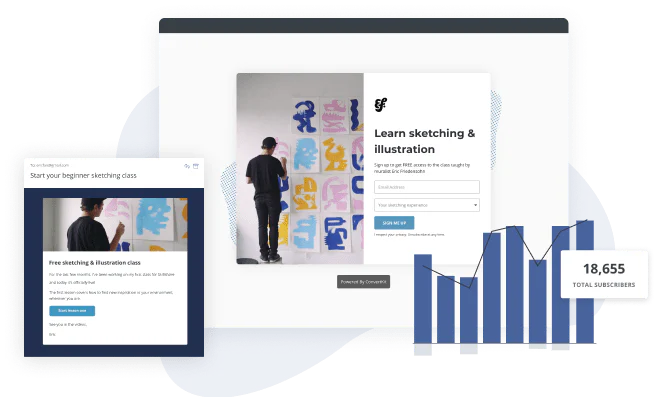The Creator Business Summit: June 18, 2025Done chasing trends? Learn what actually works at the Creator Business Summit happening June 18th.
Reserve your spotHow to create a newsletter in less than 30 minutes that’ll wow your readers
Updated: July 23, 2024
18 min read

Build a loyal community with newsletters
Share what you love to on a consistent basis to connect with your followers and grow your business with a free Kit account.
Create a free newsletter
Dana Nicole
Dana is a freelance writer who works closely with B2B SaaS brands to create content people enjoy reading. When she’s not working, you’ll find her sipping on a warm cup of tea and reading a good book (the scarier, the better). See what she’s up to at www.dananicoledesigns.com (Read more by Dana)


